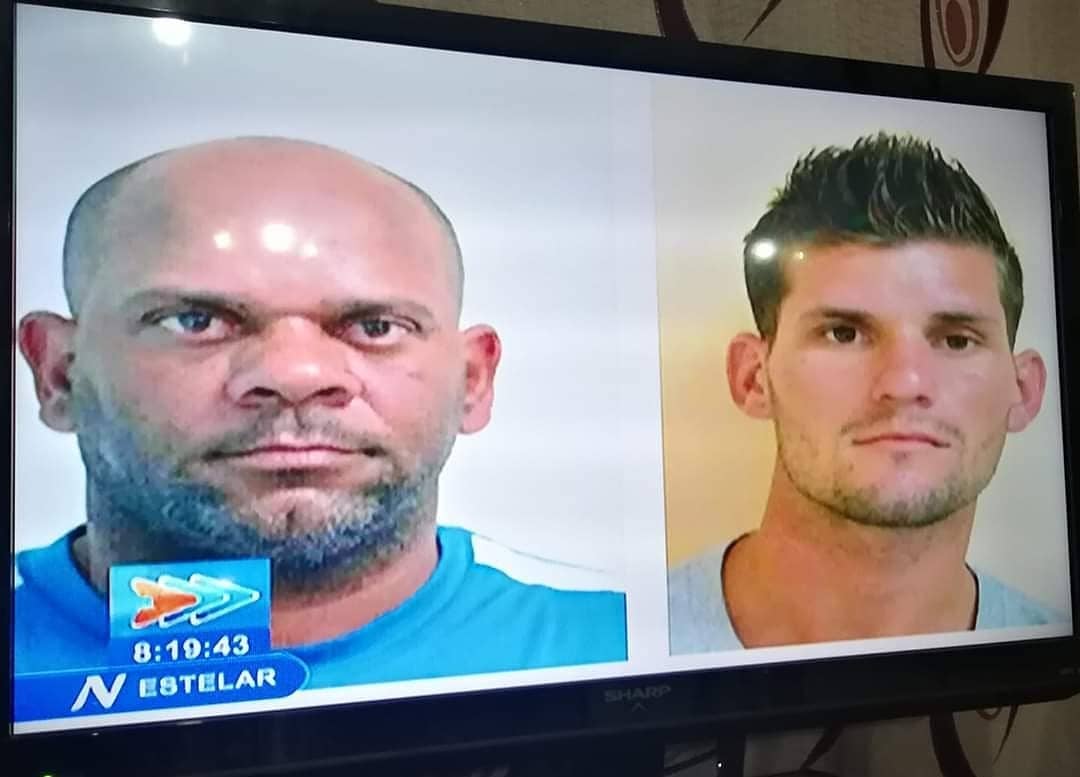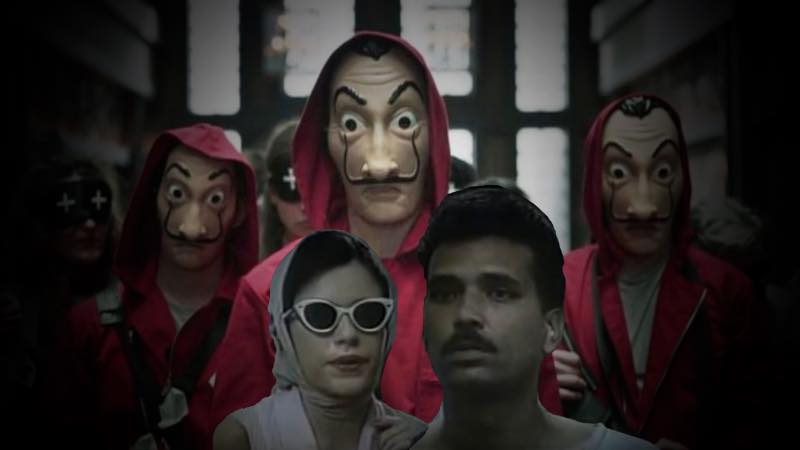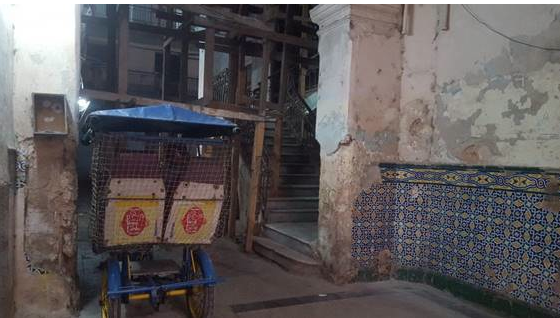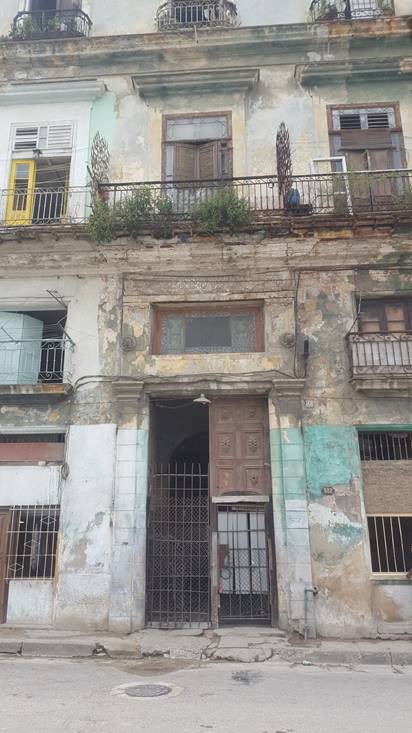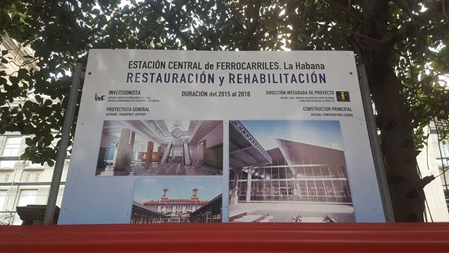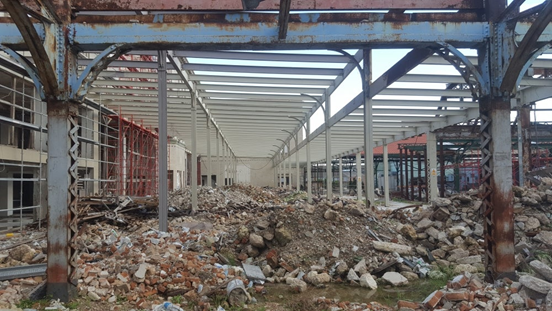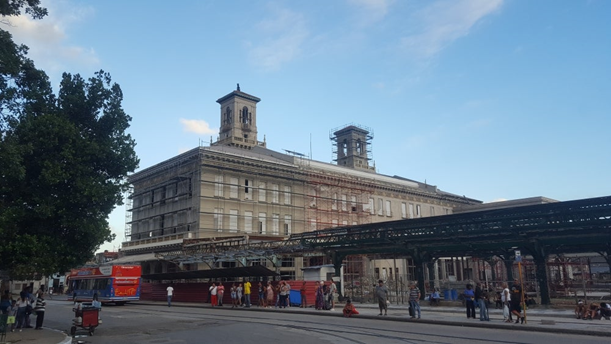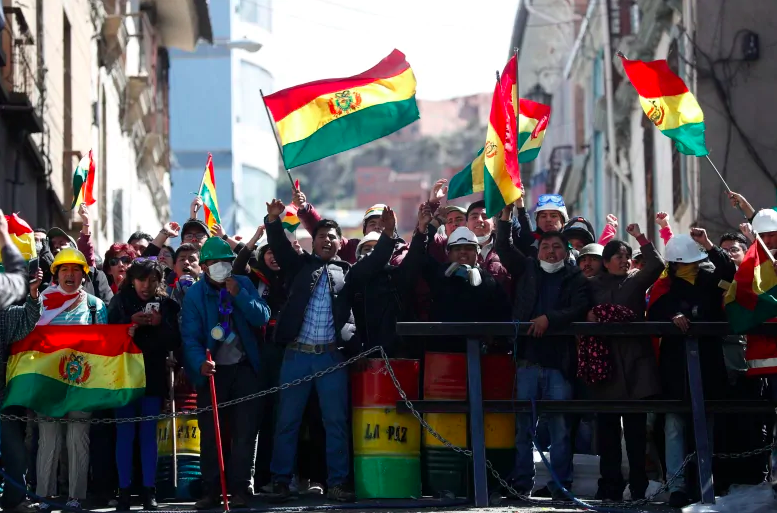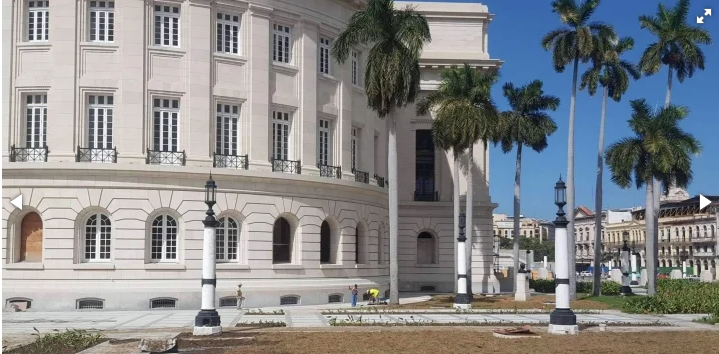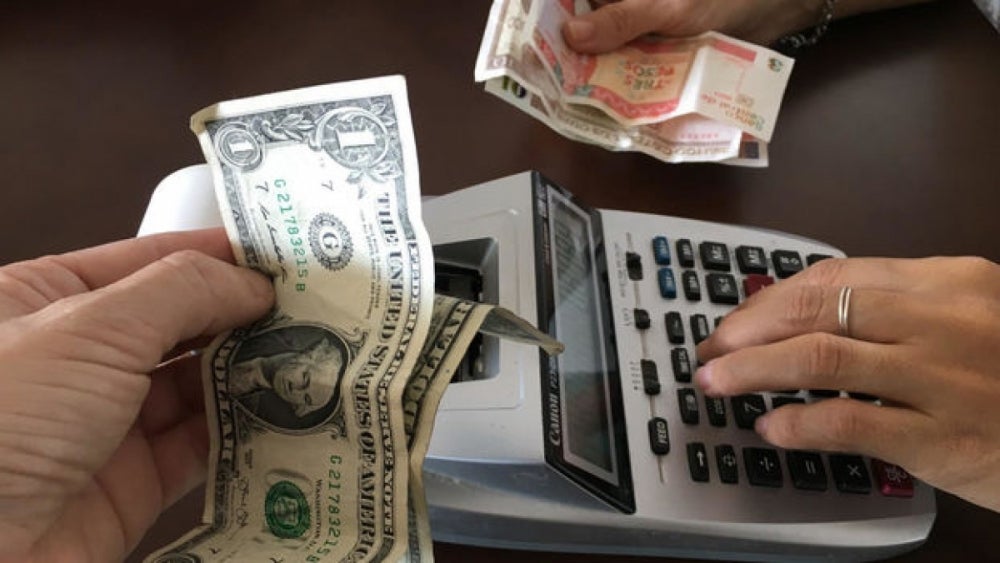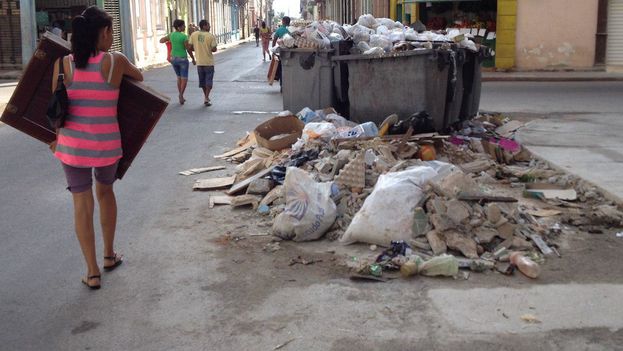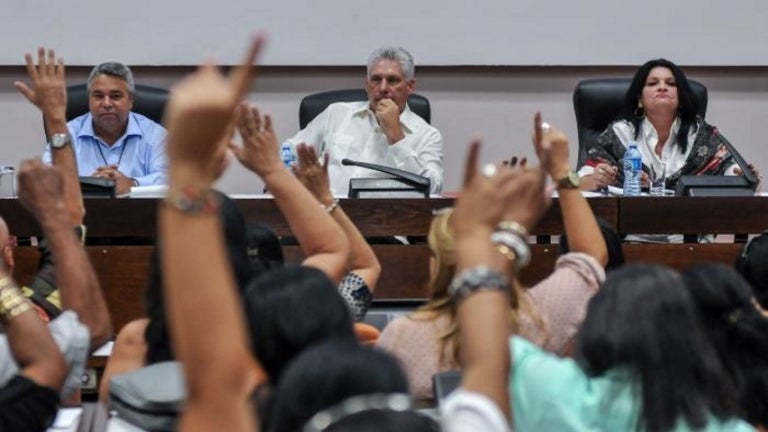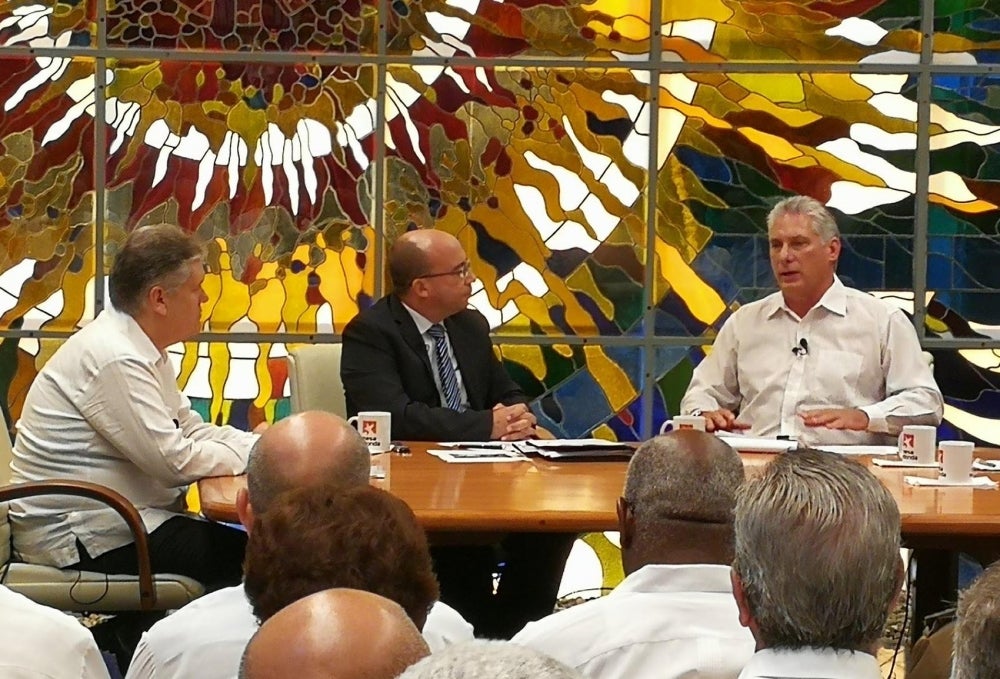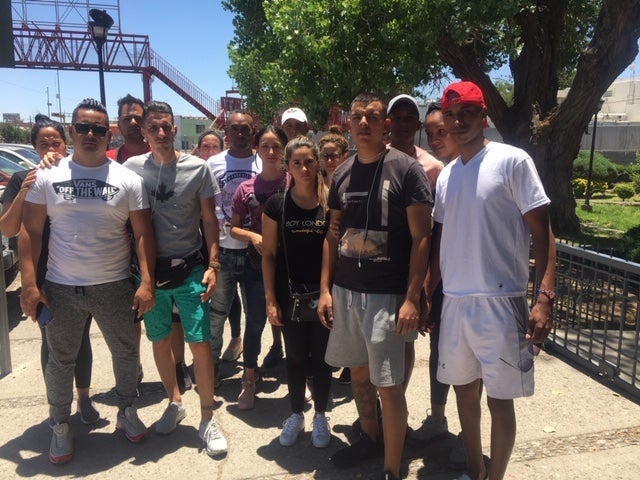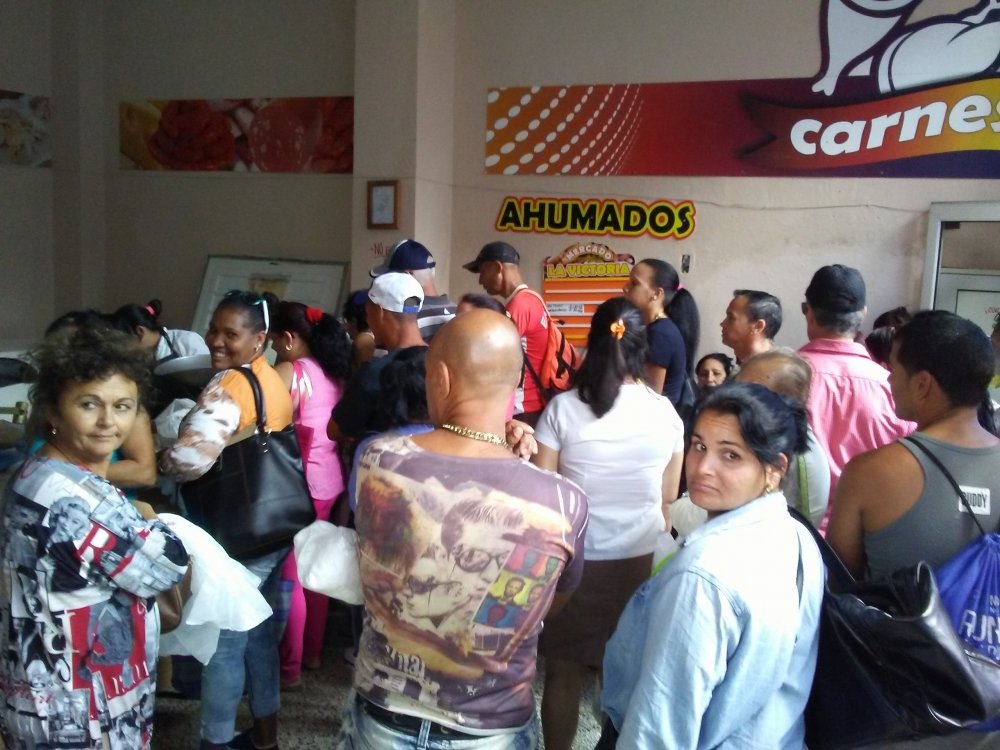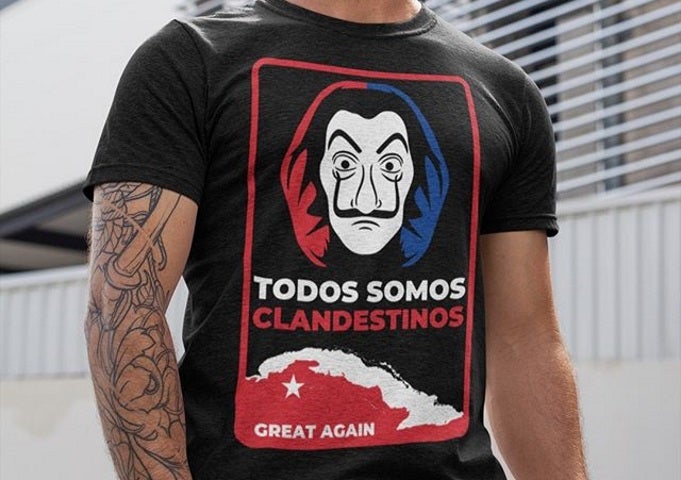
Cubanet, Miriam Celaya, West Pam Beach, 29 January 2020 – This is a textbook case: to question a myth is to unleash hysteria. And as it usually happens, the loudest blabbermouths tear off their hair and their clothes against those who dare refuse to follow the little troupe on duty. And in the cast of outraged moralists there is no shortage of cap and gown academics or some famous press figures who, whether with an admonitory finger or with feigned condescension, take the opportunity to “scold” those who dare to speak loudly about what many think of, but do not have the audacity to express. Nothing new.
However, beyond the good name, fame or reputation -deserved or not, for this is about the right to an opinion and not to display emblems or symbols- the beauty of acceptance is not an argument when analyzing the facts. Popularity or fame does not guarantee the supremacy of a principle. What it entails is common sense and, of course, the tangible reality… that which exists in everyday life despite the wistfulness of cyberspace.
Because, while it is true that the opposition and any movement or person who oppose the Cuban dictatorship have been “suspicious” at some time, or unfoundedly accused of belonging to, or at least collaborating with the (In)Security of the Castro State, it cannot cast aside an essential fact: Oswaldo Payá, as well as the Black Spring prisoners, opposition leaders and civil society groups and we, the independent journalists who reside on the Island, have a real and tangible physical existence, a verifiable job and the common denominator of keeping at the head of the dictatorship’s opposition. You can be for or against our proposals or ideas, but nobody can question our existence. continue reading
That said, it should be clear enough that it is absurd to compare any of the aforementioned with that cyber-hierarchy called “Clandestinos”, whose real existence no one can confirm beyond cyberspace, whose directives -which, among the most recent, invite to no less than the takeover of a radio station- are absolutely absurd and unrealizable, and whose bravado (always through the networks and hiding their faces) frequently calls for acts of violence, sabotage and anarchy, that in the Cuban circumstances are not only quasi-chimeric actions, but also termed as reckless in a setting that neither they nor anyone else would have control of. Is this really what we need in Cuba? Is this a solution? Has anyone, among the hard defenders of “Clandestinos” stopped to think about the consequences of these actions and about the day after? Obviously not.
It is understandable that many Cubans, fed-up after 61 years of dictatorship, repression, misery, absence of expectations and hopelessness, tend to stick to any libertarian mirage. Exiles, or at least some of them, are likely to fall into that incantation. It is understandable, I repeat, but not reasonable.
Meanwhile, any opinion that threatens the illusion of a mirage is taken as a declaration of war or, at least, as a “disunifying” proposal of something that has never been united. Thus, the mere fact of questioning the spooky event -until now it is nothing more than that- self-denominated “Clandestinos” is like taking candy from a child, while speculating about its possible origin in the murky labyrinths of the Cuban G2 (State Security Forces) is the worst of sins. “Inverse logic,” says a well-known journalist who doesn’t want to seem too caustic.
And to “prove” that my criterion is about inverse logic and not about anything else he compares these ghosts with real people and movements within Cuba, in this case, opponents of renown prestige, activists, etc., projects as noteworthy as the Varela Project and movements of proven track record such as the one for Human Rights. Seriously, does the cyber soap opera “Clandestinos” seem comparable? Should it seem like good “logic” to us?
And since citing names and events of the most diverse nature constitutes a good resource when there are scarce arguments, entangling the reader in a lush ajiaco (a Cuban stew) where the name of journalist Yoani Sánchez is invoked along with the names of opposition member Rosa María Payá, of Elian [González], of former US President Jimmy Carter, of the Embargo, of the Five released spies and of another cluster of unrelated issues that vary differently in time and context -the Twin Towers, the attack on Iraq, World War II, the explosion of the USS Maine…- that supposedly conclude by demonstrating that if we do not believe in the much discussed “Clandestinos”, or if we believe that there is a relationship between their (non)existence and the G2 we are “conspirators”. Which, in any case, results much or more gratuitous than suspecting those who summon violence under the cover of anonymity or from the comfortable protection of cyberspace.
The rest are common places. It is a Perogrullo truth that whenever the opposition has won spaces it has been against the official will. Personally, I am pleased to be part of those who pushed for those little conquests. But it is illusory to suppose that “Clandestinos” has gained space, much less that it is something that has slipped out of the hands of the dictatorship.
In another order, it is true that the Cuban dictatorship opened its arms to Jimmy Carter, but it is no less true that it went back in terror when Barack Obama’s rapprochement and Cuban support for the flexibility of the Embargo seemed too risky because it endangered the absolute control of the state over life and property of the “governed”, when the dictatorship felt that within Cuba an air of hope was being promoted in terms of economic freedoms and citizen autonomy. That terrifies them. This shows that two similar events at different times and circumstances do not have the same effect on the dictatorship. It is called dialectic.
As for the Embargo, which is not a subject related to “Clandestinos”, but also (because it was useful?) it floated in the ajiaco, it is not only true that it served as a pretext for the dictatorship and that continues to be used, although it has lost effectiveness, but I dare to affirm that the majority of the so-called ordinary Cubans, who suffer the infinite vicissitudes of the system imposed by the political Power, would be happy to have it repealed. I also dare to predict that any credible popular survey (not of the Castro regime, of course) about whether those inside the Island want its repeal will have an overwhelming result in favor of YES. Because, regardless of the wishes of one or the other, everyday reality is what is imposed on people’s lives, especially if survival is of the essence. Most Cubans, with or without foundation, believe that if the Embargo is lifted, they will improve issues related to food, transportation and material goods.
Of course, we know that repression does not depend on either the Embargo or “Clandestinos”. That would be the day! But that does not mean that both factors, although unrelated, do not eventually constitute excuses -no one in their right mind would suppose them to be an “alibi”- that the dictatorship uses for control purposes. The stubborn facts prove it; they are not “conjectures.”
The psychological factor could not be missing in the convoluted “analysis”. A good session on the couch is the supreme resource for attributing failures to the “hot minds” of those who consider that “everything has a why.”
I do believe it. Everything happens for a reason. Everything has causes, consequences, a background. Even if we don’t know them at the moment. But when talking about “Clandestinos” especially when even they have rejected the title of opponents (“We are not the opposition”, they have repeated), it seems at least an exaggeration to label them as a “political novelty”. If those who are, up to now, only an imaginary “group” of network agitators with actions unproven by the general public classify someone as a political novelty, we should start turning off the lights.
If not falling exhausted at the foot of a myth, call it “Clandestinos” or any other trendy designation that may arise, if not agreeing with what, so far, does not go beyond the bravado of cyberspace, if not supporting incitements to chaos and violence turns me into an “elite” (criteria that I don’t share), then I am so. I confess myself as an “elite”, at least in the diagnosis of this psychoanalyst.
Nevertheless, I have always said and repeated that I would be the first to acknowledge my mistake, if that were the case. In short, the existence of “Clandestinos” if true, does not take away any merit from my work in the field of independent journalism since 2004, or at the time within opposition activism. I have never considered myself a hero for writing and disseminating what I think, nor did I contribute to the manufacture of altars and heroes of any color, let alone of sacred cows. I do not follow leaders of any political hue or nature. I am an irreversible irreverent.
Anyway, whether “Clandestinos” is a conspiracy or not, it does not directly affect me either. With or without “Clandestinos” I am aware that when the dictatorship has wanted to repress me or harass me, it has done so and can do it again in the way and at the moment it decides, since I live on the Island and I am -like any freethinker- at the mercy of its whim. And I also know that, with or without “Clandestinos”, the end of the dictatorship is inevitable.
I fully understand that decades of absence can create a distortion about the reality of Cuba to such an extent that it becomes misleading to think that a cyber fantasy is the flame that would initiate a Cuban rebellion. Only when the reference is lost can one believe in a popular uprising in Cuba against the dictatorship from a cyberspace cry, except for the one that may occur due to the despair of hunger or the shortages of poverty, which would doubtfully have root or any political leadership.
Such is Cuba’s reality, whether we like it or not, such is its degree of civic orphanhood. Those who read my articles or follow me on the web know that I do not seek to please readers if such a thing involves sacrificing that in which I believe, my feelings and what I see every day. Not even my adversaries could accuse me of being a hypocrite. That said, I find that most of those who today support the anarchy and violence they call the “Clandestinos” networks are many miles away, as safe from it as the ghost that created them. Let us allow time to carry out the mission that will show on whose side reason is.
(Miriam Celaya, a resident of Cuba, is visiting the United States)
Translated by Norma Whiting
See also:
Clandestinos: Outcome and Teachings of a Hoax / Cubanet, Miriam Celaya
The Controversy Over The Identity Of The Clandestinos Is Growing
Clandestinos, Legitimate Protest or Provocation by State Security?
Clandestinos: Heroes or Collateral Damage? / Cubanet, Miriam Celaya
With Testimonies from Detainees, Cuban TV Accuses Miami’s “Mafia” of Financing Clandestinos


